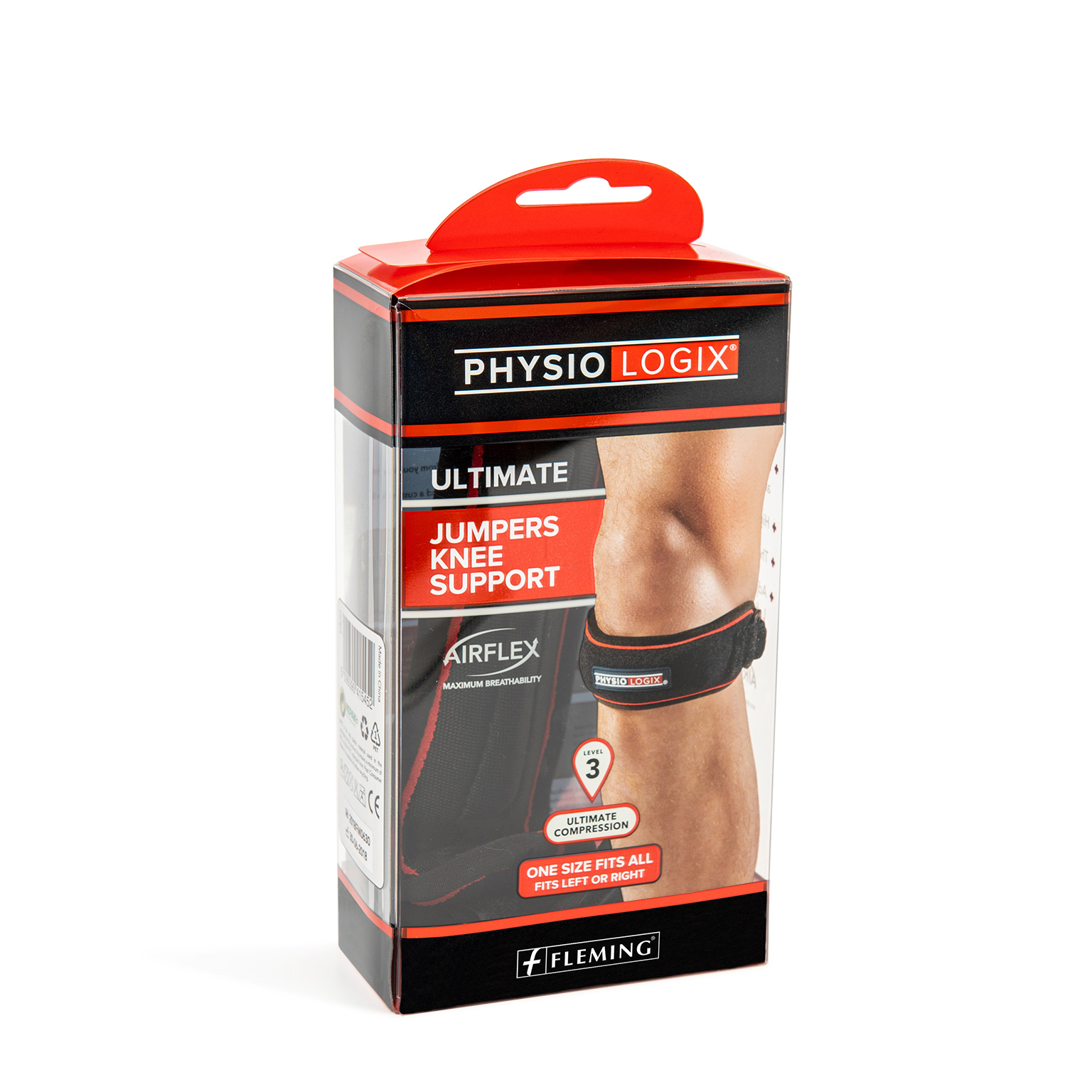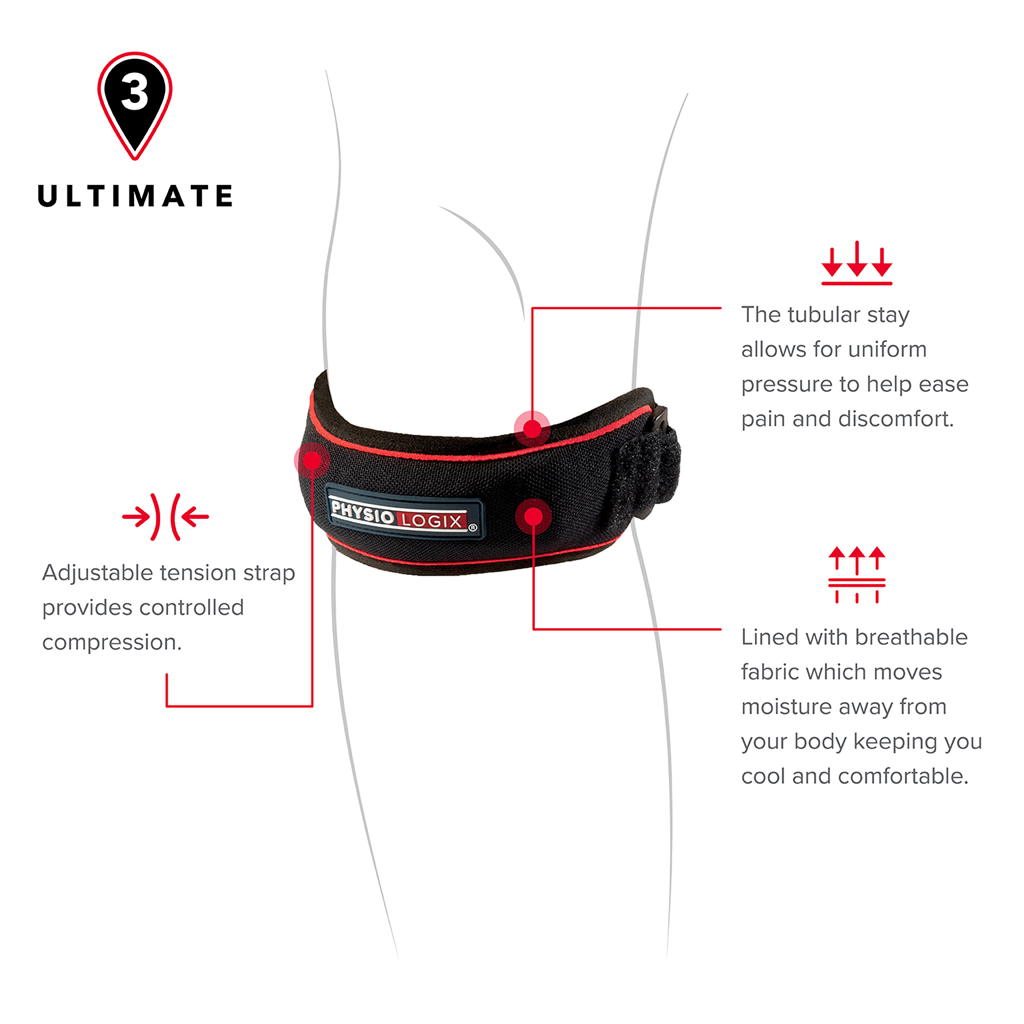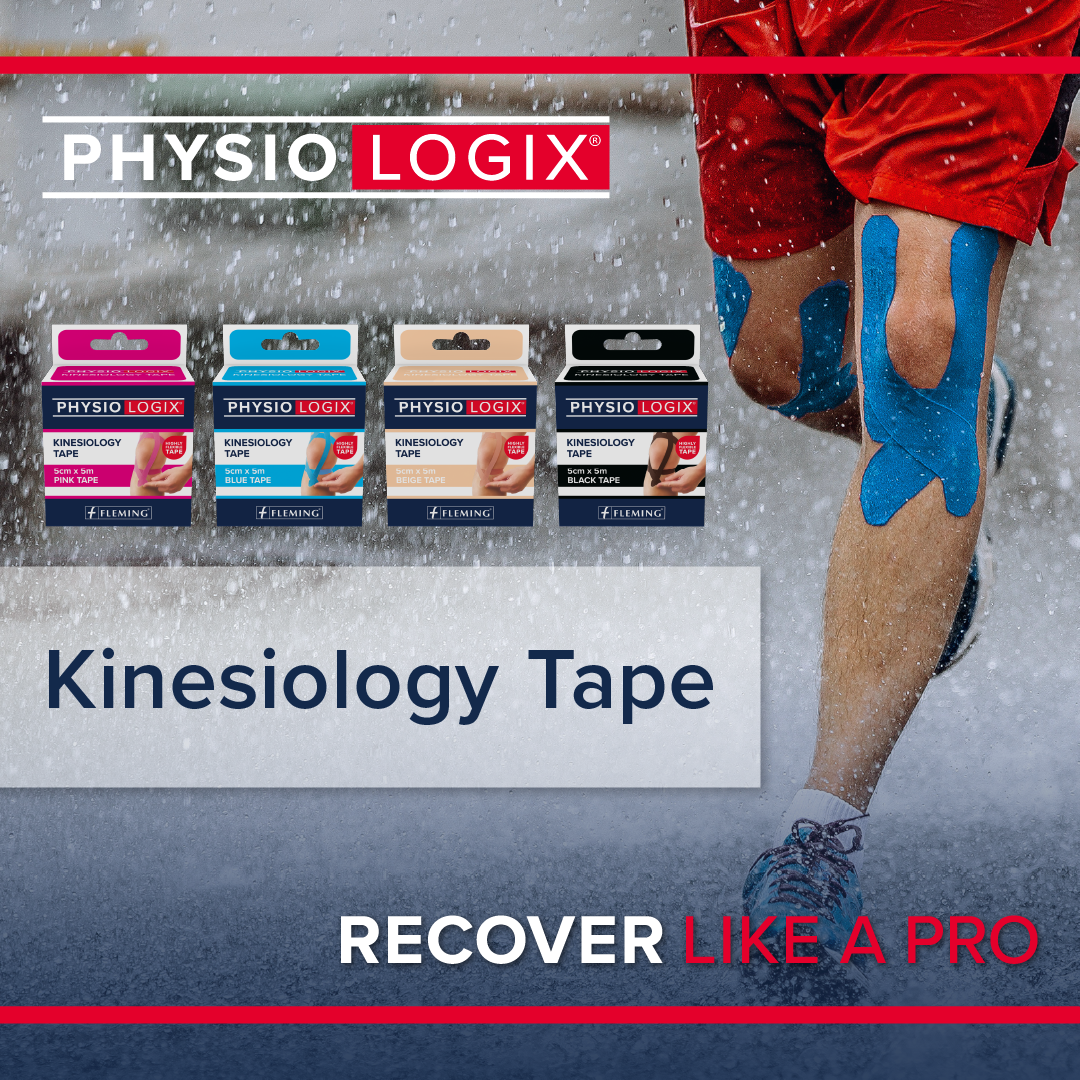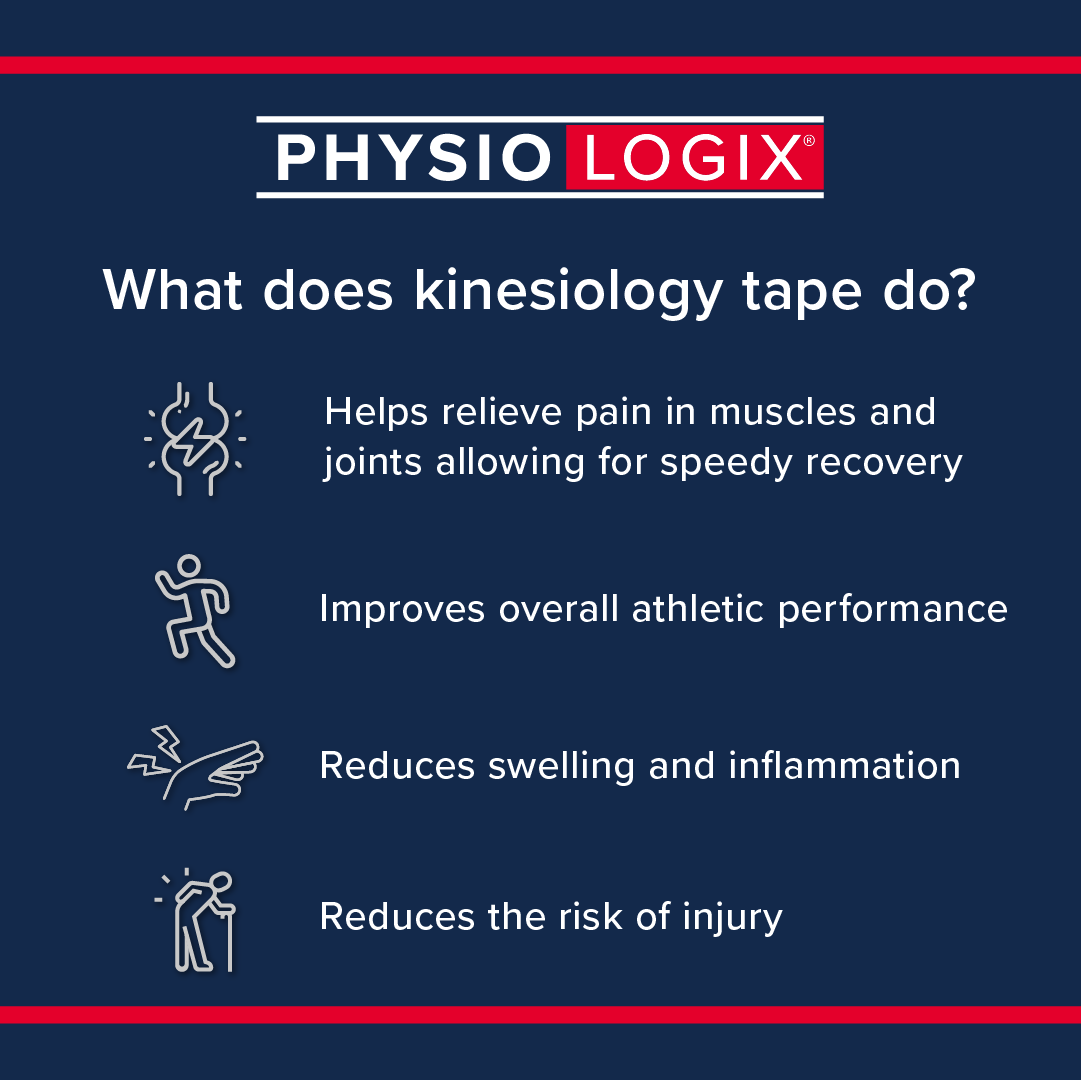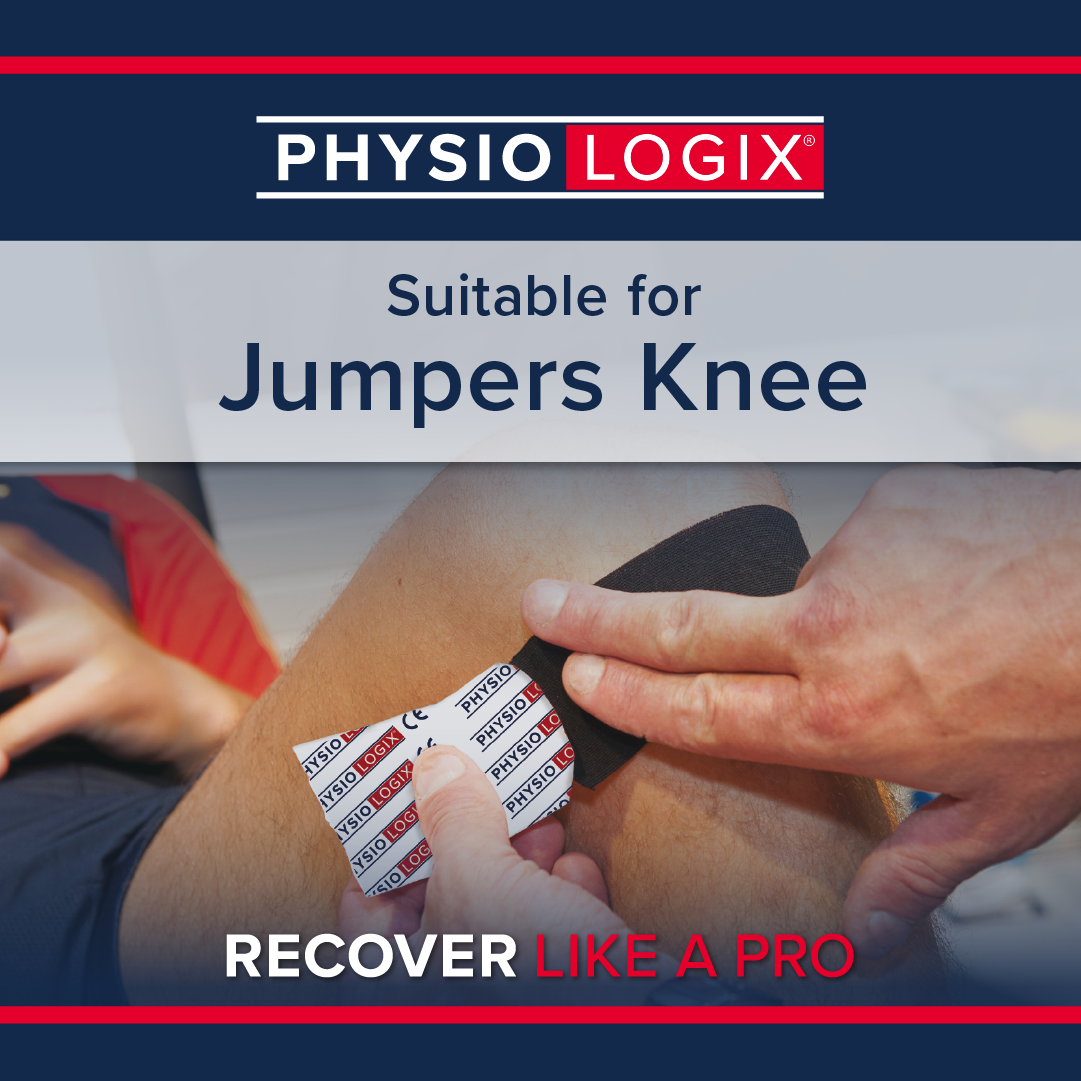Headlines
- Advanced Footcare Solutions: Use Cases Explained
- Keeping Customers Covered: How Pharmacies can address the Summer Burn Surge - A clinical and practical guide for pharmacy teams
- Fleming Medical Achieves ISO 13485 Certification – Reinforcing Our Commitment to Patient Safety and Quality
- Gentle Daily Ear Care with Medicare Ear Spray
- Breathe Easy with Medicare Nasal Spray
Recover Like a Pro: What Is Jumper’s Knee & How to Treat It?
01 July 2022
 Jumper's Knee is a sports-related injury that affects the patellar tendon, the tendon that connects the kneecap patella to the shin bone (tibia).
Jumper's Knee is a sports-related injury that affects the patellar tendon, the tendon that connects the kneecap patella to the shin bone (tibia).
Overuse of the knee causes little tears to form in the patellar tendon, causing pain and discomfort. If not addressed properly, the pain and severity of the injury can worsen.
Some potential causes of jumpers knee:
- Physical activity that involves putting a lot of strain on your knees can put you at a higher risk of developing jumper's knee. These activities include dancing, running, basketball, volleyball, football, gymnastics, and track sports such as high jump, long jump, and javelin.
- Athletes who carry extra weight put more force on their knees than those who are not, putting more stress on their patellar tendons.
- Neglecting treatment of early signs of jumper's knee can worsen the situation and can increase your chances of developing stage 4 jumper's knee which requires surgery.
- Returning to intense athletic activity after a long period of rest can put you at risk of developing jumper's knee. It is best to ease into a new activity after injury to allow your body to adapt.
Common Symptoms of Jumper's Knee:
- Pain directly beneath the kneecap when moving
- Swelling around the knee
- Pain when bending the knee, which worsens during exercise
- Bruising and redness around the injured area
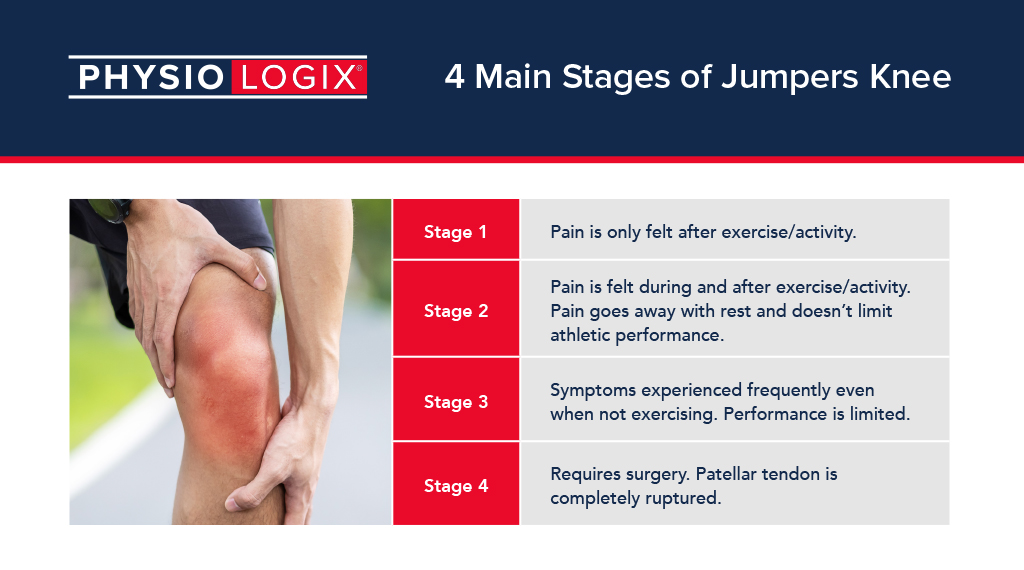
Treating Jumper's Knee:
Early treatment and recognition of injury is key for a speedy recovery. The most effective way of treating jumper's knee is using the R.I.C.E method: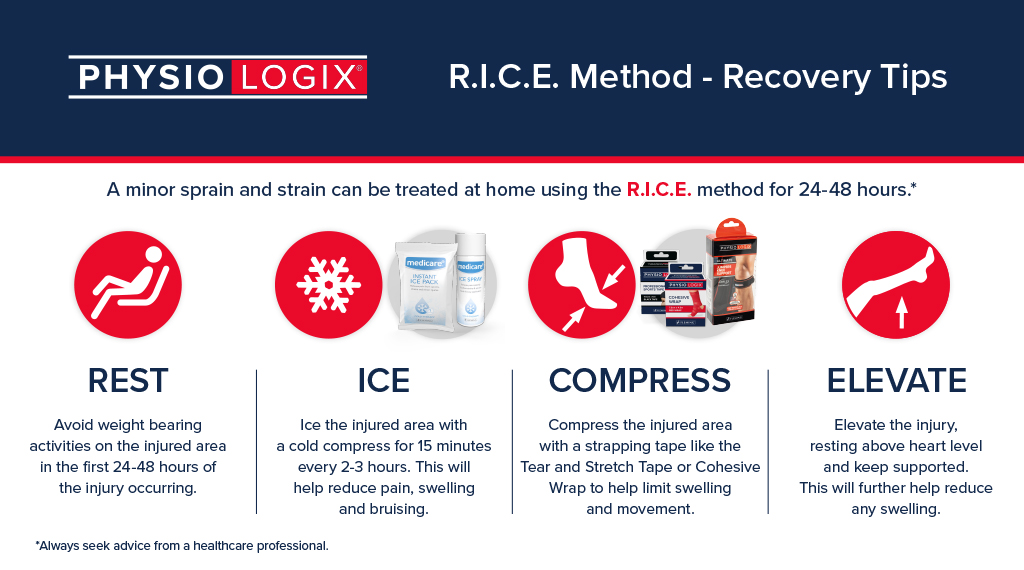
Physiologix Ultimate Jumpers Knee Support
The Physiologix Ultimate Jumpers Knee Support works by applying mild pressure to the tendon below the kneecap offering form compression and superior support. The support uses AIRFLEX Technology which provides compression and heat retention to help improve blood circulation to the injured area. With adjustable tension straps, the support offers a customisable, comfortable fit for ultimate support. Wear the support during exercise to help strengthen the muscles under the knee area.
Treating Severe Cases of Jumper's Knee:
If you have a server case of jumper's knee, limit exercise and rest to allow the knee to repair and heal. Tight muscles can cause patellar tendonitis to occur. Practice stretches such as hamstring and calf stretches and simple step-ups to improve muscle strength and flexibility in the knee and to promote prompt healing along with the R.I.C.E home treatment steps.When to see a doctor:
- If the pain worsens or continues after home treatment
- If your everyday activities are affected by the pain
- There is apparent swelling and redness around the joint causing pain
Physiologix Kinesiology Tape for Jumper's Knee
Kinesiology tape is an elastic, latex-free, breathable tape that helps to treat a variety of injuries including jumper's knee without restricting movement. The tape mimics human skin in both thickness and elasticity to provide comfortable long-lasting support. Read about the benefits and application methods of our kinesiology tape range in our recent blog post.Kinesiology Tape Application Tips for Jumper's Knee:
Requires:- One short strip of tape
- Sharp scissors
- Measure the tape just below the kneecap
- Cut the tape using sharp scissors as blunt ones will cause the tape to fray. try the Medicare Sharp Dressing Scissors which feature strong cutting edges for reliable, precise cuts.
- Round the edges of both sides of the tape.
- Create 2 anchors on either side of the tape.
- Stretch the tape to full stretch and apply the centre of the tape just below the kneecap.
- Position the knee at 90 degrees.
- Finally, apply the 2 anchors with no stretch.
- Rub the tape over the skin for the best adhesion.

 Fleming Medical UK
Fleming Medical UK

